Since 1977 love for the Olive

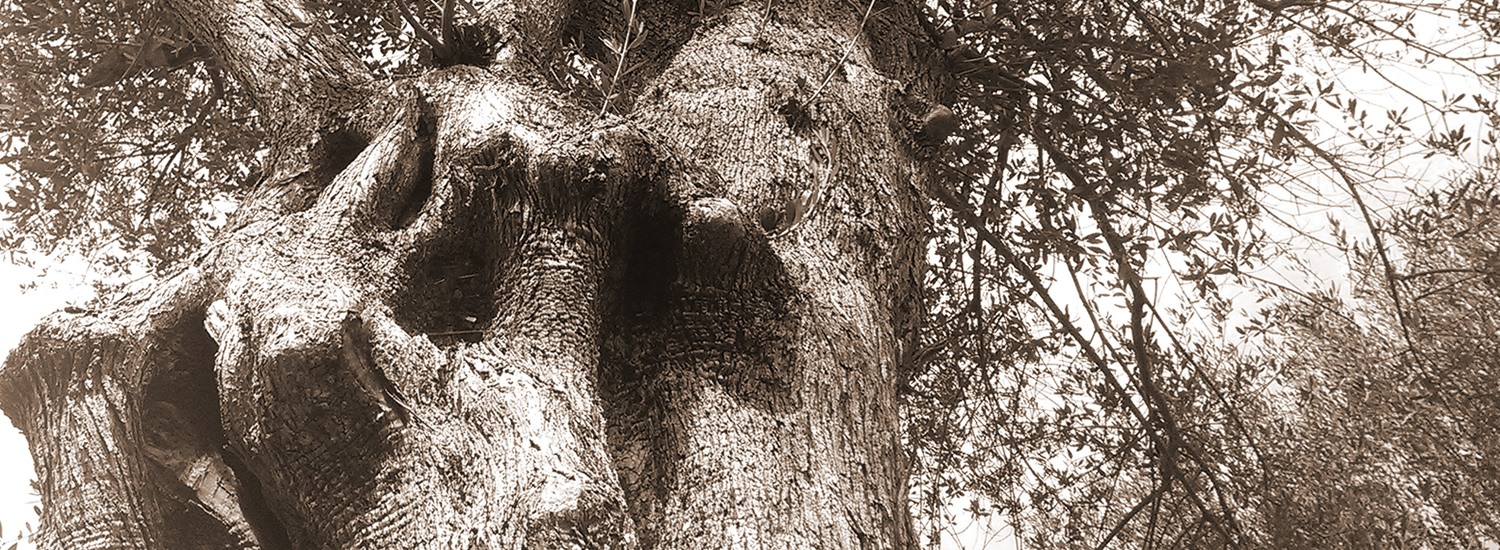
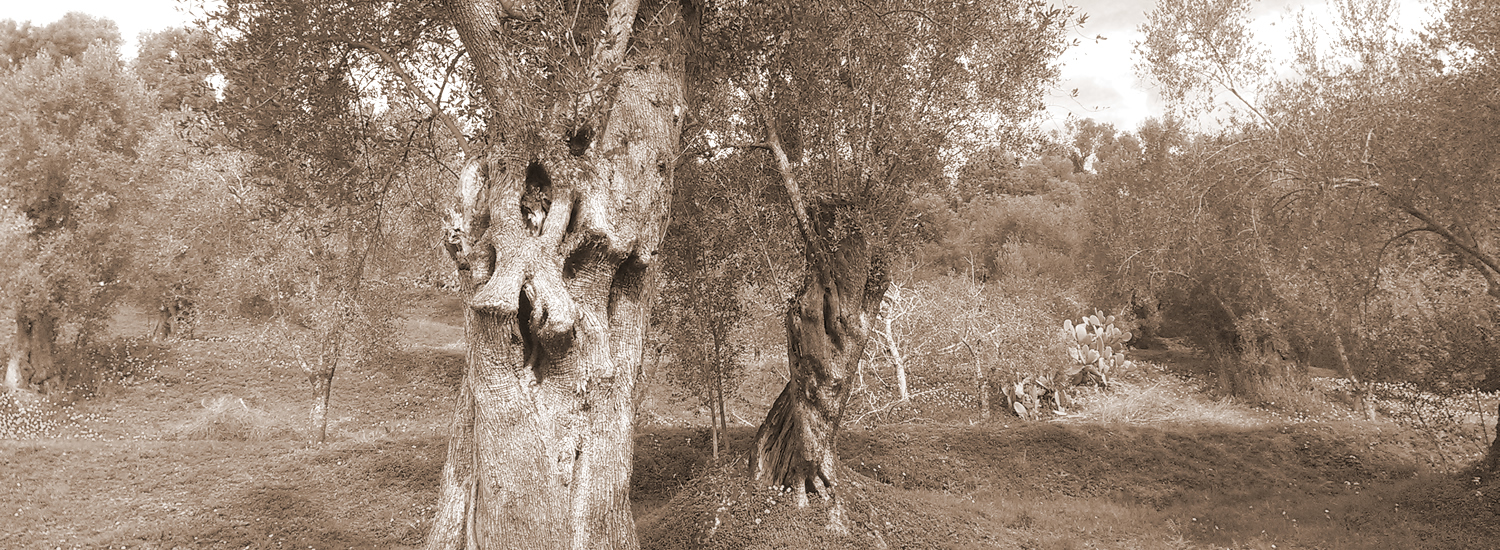
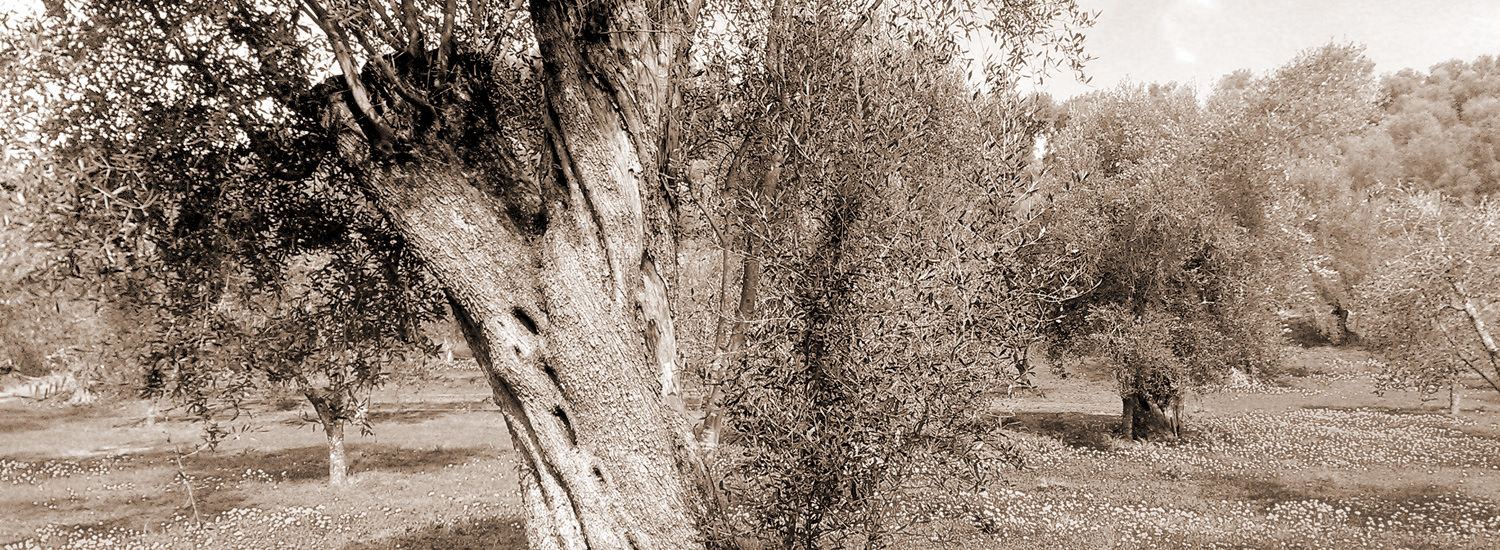
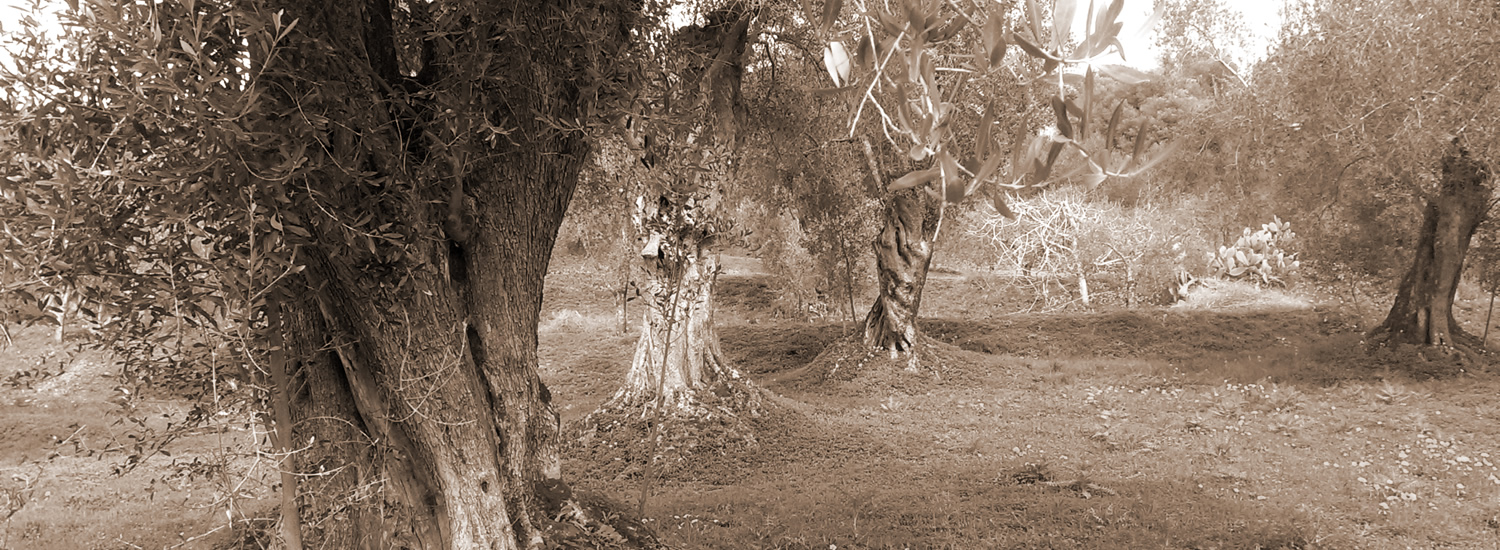
The legendary olive tree and the oil extracted from its fruits have accompanied the history of mankind. 8000 years ago, the olive tree was cultivated in the Middle East and the first cultivation were probably found in Syria or Crete. We know with certainty that the Egyptian and Minoan civilization considered olive oil as a product of vital importance , so that often serve as money exchange. The Phoenicians, later, spread this cultivation to all the coasts of the Mediterranean Sea, Africa and South Europe. With the Greeks, the cultivation of olive trees became more numerous, although in the Homeric poems, the oil was used exclusively for cleaning and personal hygiene. Over time the olive tree, a gift of the goddess Minerva, became a symbol of peace. The winners of the Olympic Games, in fact, were crowned with branches of wild olive and ambassadors wore it in a crown.
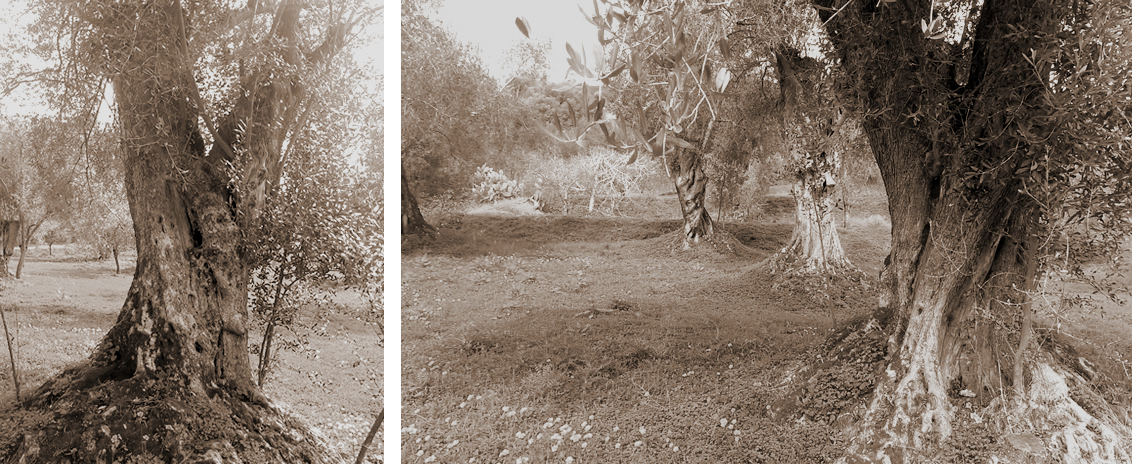
In the fifth century. B.C. the olive flourished already in Greece and in all the Aegean islands, and was transplanted here in Sicily and then in Italy and the Iberian Peninsula. The beginning of olive cultivation on Italian soil is attributable to at least 6-7 centuries before the Christian era. It is assumed, as was mentioned earlier, that from the Sicilian friendly earth it has become widespread throughout the south and then gradually to the north of the peninsula, up to cover the areas currently affected. With Rome coming to power, the olive was cultivated in every conquered territory. In many cases the Romans ordered the payment of taxes in the form of oil to the subjected populations. They also used to weave together the olive branches making laurel wreaths to offer to deserving citizens. The Romans were also the responsible for the construction of the first tools for the pressing of the olives and the gradual improvement of conservation techniques.
The oil was used not only to enrich the food, but also for massages and cosmetics. The ancient Romans classified olive oil in five quality: oleum ex albis ulivis, from green olives’s pressing, oleum viride, from olives harvested at a more advanced stage of maturation, oleum maturum, from ripe olives, oleum caducum, from olives fall to the ground, oleum cibarium from dried olives intended for the slaves. Numerous tools for collecting and pressing olives, discovered by archaeologists in several excavations in the Mediterranean area, and several passages of the Bible and the Koran show the historical importance of this fruit in men’s activities. The longevity of the olive itself is proverbial: it is conceivable that some plants found in Palestine are contemporary to the rise of Christianity. The olive branch, indeed, is a symbol of peace in the Christian world: the dove brought him to Noah after the Flood and the Palm Sunday is celebrated with the distribution of blessed branches in memory of the people who greeted the glorious entrance of the Jesus in Jerusalem. The blessed olive tree is also present in the most significant moments in the life of the faithful: in Baptism, Confirmation, the food for the journey, and ordination of priests and bishops. The olive tree is now cultivated a little 'anywhere in the land in temperate climate in the American continent, namely, there was brought to Peru by the Spaniards in the middle of the sixteenth century. Only later did its cultivation, carried out in the orchards and gardens of the missions also spread to Mexico and California.